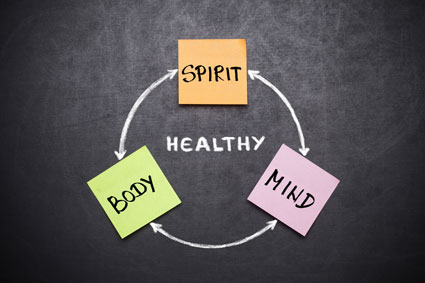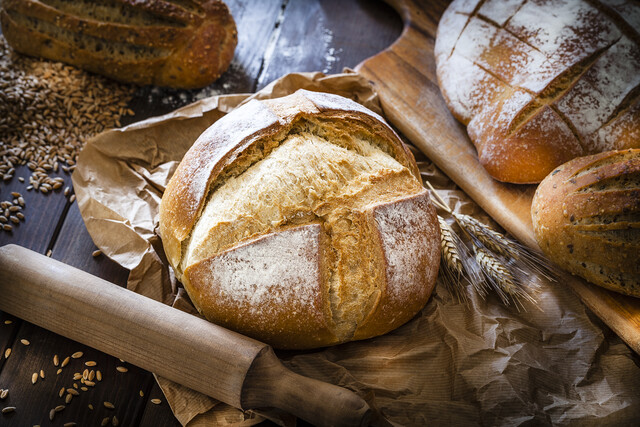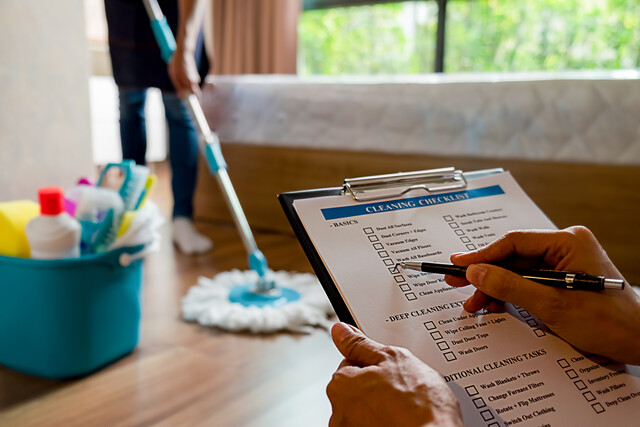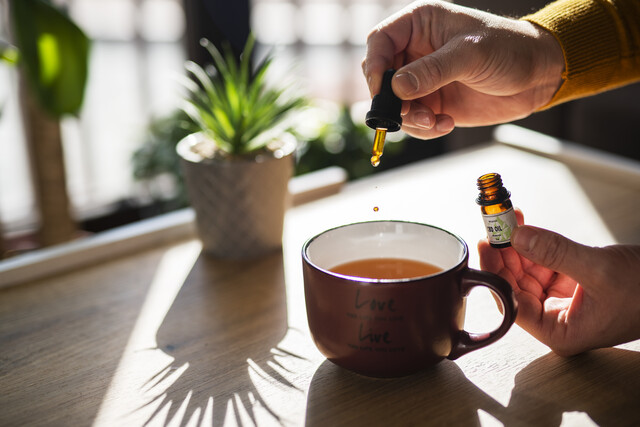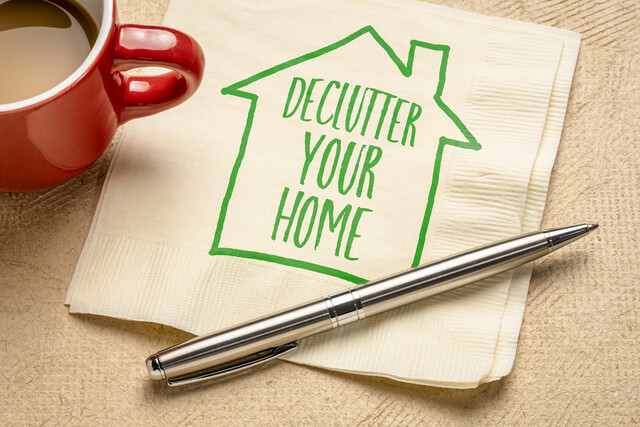Because of the incredible variety of choices, the beginning gardener can often be overwhelmed by the sheer number of choices. One recommendation is to go to the nursery and just look at the available plants. Get into the habit of reading about the care and needs of each plant, learning general facts. Once you have an idea of which plants require full sun and which require shade, you will see how you can separate what you might select, based on the needs of the plant.
Using annuals can also be used to provide instant splotches of color in areas of the garden that are still waiting for a tree or a bush to fill in. Annuals provide an instant finish along a sidewalk or driveway border, like sweet alyssum in the varying colors of white, pink, and lavender. Annuals can often be purchased in large flats of two to three dozen of the same plant in the same or complementary colors.
Many businesses hire landscaping services that make use of large flats of petunias, pansies, snapdragons, zinnias, marigolds, or vinca to create an instant colorful garden to greet their customers. You might drive around town and see what landscaping companies are using to create instant color gardens; if it grows in your town, it will grow in your garden. Look around and see what you like and then recreate it in your own garden. Create two or three different gardens in this manner, your neighbors will be very impressed with your abilities. Planting in large masses creates a very impressive visual impact.
Another use for annuals is to use them in the midst of your young and non-impressive looking perennial garden. This is the way to create a garden that looks lush and full while waiting the necessary two to three years for your perennials to grow to their full size.
A planting technique is called "companion gardening." By planting specific annuals next to other plants, the annual can act as a protective barrier. Planting marigolds near your tomatoes can help to protect your tomatoes from attacks from cabbage worms. There are other situations where two plants should never be planted together.
When choosing annuals to purchase, always be sure that they are the strongest, well watered, brightly colored, specimens you can find. Once they start looking droopy and their color faded, they are likely quite stressed and not likely to do well in your garden. I have even been known to ask the nursery attendant to give my purchase a good drink of water prior to driving home to ensure that my plants will not be further stressed by being in my hot car. One of my favorite nurseries is over an hour and a half drive from my home.
Once at home, allow your plants to acclimate to their new environment prior to placing the plants into the ground. This way they will begin to adjust to the light and temperature prior to having their roots exposed, which could compromise them. I usually leave plants in place for three to four days. That way I know that they will like their new home and I will have a really good idea if I will like the color positioning.
Perennials
The long lasting flower garden is created of the plants that will return, bigger and better, and year after year. The perennial is the king and queen of the flower garden. It does take some practice, however, in envisioning what a garden will look like in advance, and that is exactly what is required when planning a perennial garden.
Perennials take approximately two to three years to reach full size. There is a common saying regarding perennials, "The first year they sleep, the second year they creep, the third year they leap."
Understanding the long term nature of a perennial plant is necessary for appropriate planning. All perennials have specific soil, water, and sun requirements. They must be planted in the appropriate place for them to be allowed to grow to their full glory.
There are two additional important considerations when planning where to plant a perennial. A planned garden might have certain color requirements, and the perennial likely does not have flowers when it is first purchased or planted. It is necessary to be absolutely certain that the color will be compatible where you intend to place it.
The second consideration is height and how much the full grown plant will spread. When it recommends that you leave an area around the plant of three feet, make certain that you give the plant that room. By its third year it will need all three feet. It is far better to fill in the empty space around the young, immature perennial with annuals rather than to give in and think that by planting your perennials more closely together your garden will look more full. If you do that, you will have to dig up and move your plants in a year or two. Far better to plan your perennials ahead of time and spend your time digging new holes for new plants rather than moving the same plants year after year because you did not take the time to plan.
|
Biennials
Vegetable varieties
All it takes is a look at a good garden catalog to determine just what can be planted in your vegetable garden. Vegetables are among the easiest plants to grow. A vegetable garden is made up mostly of annual plants that need to be planted every spring, however there are a few perennials, like asparagus, that will come back year after year with greater and greater bounties of produce.
Common choices include:
|
Evaluate your needs
More importantly, however, is that you determine what you and your family will eat. There is no point in planting half a dozen plants of eggplant and beets if no one in your family will eat them. They will be good composting items, however, why waste your time and effort on something you will not eat?
Make a chart of the people in your family and evaluate the items that they like to eat. From that chart you can determine how many plants to establish of the desired varieties. Your first garden does not need to have more than half a dozen items or so. Remember, that each year you can add to your harvest as you learn what you like to eat, how much, and likely expand the variety of vegetables and other produce in your diet.
Cool Season versus Warm Season Vegetables
There are still some needs to be considered for your vegetables in addition to full sun. There are vegetables that are considered cool season vegetables. These are vegetables that need to be planted after the last frost of the season, but before the nighttime temperatures rise. These crops include cabbage, radishes, peas, lettuce, and green onions. Warm weather vegetables are spinach, peppers, corn, tomatoes, squash, cucumbers, and onions. Always be sure to check the back of the seed packet for details about each vegetable to make absolutely certain that you are planting your seeds at the appropriate times. Keep a journal the first couple of years to help you become a more successful gardener year after year.
|
Vegetable Crop |
Weeks from seed to harvest |
|
Bean |
8 |
|
Beet |
8 |
|
Broccoli |
16 |
|
Cabbage |
16 |
|
Carrot |
10 |
|
Cauliflower |
14 |
|
Chard, Swiss |
8 |
|
Corn, sweet |
9 to 13 |
|
Cucumber |
9 |
|
Eggplant |
19 |
|
Lettuce, head |
10 to 12 |
|
Lettuce, leaf |
6 to 8 |
|
Muskmelon |
12 |
|
Okra |
12 |
|
Onion, dry |
20 |
|
Onion, green |
6 � 9 |
|
Pepper, (transplanted crop) |
19 |
|
Potato |
12 |
|
Pumpkin |
12 to 15 |
|
Radish |
4 |
|
Spinach |
7 |
|
Squash, summer |
8 |
|
Squash, winter |
12 |
|
Tomato, (transplanted crop) |
17 |
|
Turnip |
6 to 8 |
|
Watermelon |
12 to 15 |
Soil Preparation
Soil preparation for your vegetable garden is no different than it is for any other garden. To reap the very best benefit from your garden, you need to start with the very best soil that you can afford. Raised beds with soil that is never walked on is the absolute best, but that is not always possible for every gardener. Just make sure it is as good as it can be.
Planting
Most vegetables can be planted directly into the garden at the appropriate time. It is best not to plant warm season plants early in the spring. The subsequent plants will be stunted and fail to thrive. Always be sure that you work with the season.
Plant your garden as near the house as you possibly can. This way it will always be in your sight and you will make sure that you do not allow weeds and other pests to take over your garden. You will also be careful to provide adequate water for your vegetables as they grow. Without adequate water, the plants may grow, but they will bear little fruit.
Composting for Vegetable and other Edible Gardens
This is an important section.
I compost only one way; that is with the expectation that everything will eventually end up on the table in some form or another.
Some individuals like to compost everything, including cat and dog feces. This can be done as long as you do not intend to consume any of the plant material grown in that kind of compost. Cats and dogs carry diseases that cannot be eliminated in the composting process. Other materials that can be added to a compost pile, but not one destined for your vegetable or herb garden, include bones, meat, and clippings from non-organic gardens and lawns. When in doubt,ask. If you do not know, do not put items in your compost pile that will eventually end up in your vegetable garden. Keep the two compost piles far, far apart.







